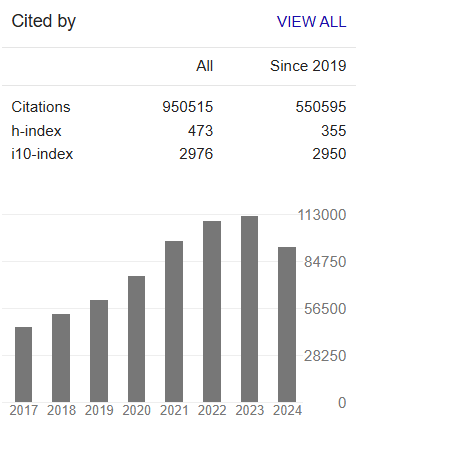Regulating Antimicrobial usage in Livestock Farming: Innovative and Interdisciplinary Solutions
Abstract
Nathan Mugenyi, Prize Ninsiima, Pauline Byakika-Kibwika, Rose Nanyonga Clarke
Antimicrobials have been used extensively in Livestock production. The overuse and misuse of antimicrobials has resulted in the development of drug resistant pathogens that is Antimicrobial Resistance (AMR). The emergence and spread of drug resistant pathogens have resulted into AMR and has continued to threaten our veterinary and health care systems. The most alarming situations include the rapid global spread of multi-and pan-resistant bacteria which have been referred to as “superbugs”. These have caused infections that are un-treatable with the available med- icines in our health care and veterinary settings. AMR is one of the top ten global health and development threats facing humans and animals according to the World Health Organization hence the need for urgent multisectoral action. Antimicrobials are medicines used for prophylaxis, treatment and prevention of infections in animals, humans and plants. They comprise of antibiotics, antiviral, antifungal and antiparasitics. Antibiotics are increasingly losing their effectiveness as drug-resistance spreads globally resulting into difficulty in treating infections, death of animals and humans. In this paper, we addressed some of the innovative solutions based on an interdisciplinary perspective. We discussed the fundamental concerns for defining policies and strategies to mitigate AMR in Livestock farming, structured a basis for AMR policies and strategies and the key actors in Antimicrobial decision systems.



